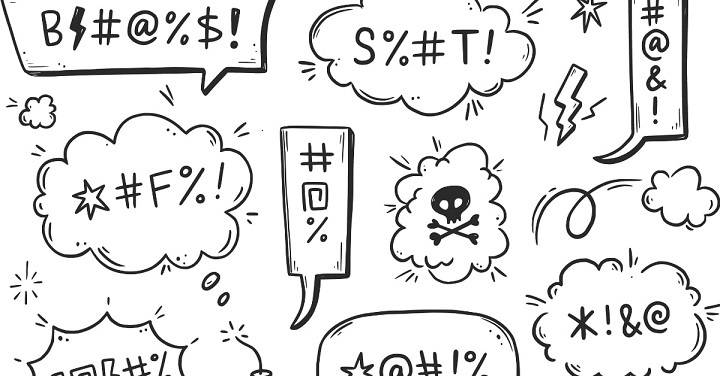Swearing is an art form, especially in Spanish. Whether you’re traveling, watching Spanish-language media, or just curious, learning Spanish swear words can give you a deeper understanding of the language and culture.
In this guide, you’ll find popular Spanish curse words, their meanings, and when (or when not) to use them.
Why Learn Spanish Swear Words?
Learning swear words isn’t just about being vulgar — it’s about truly understanding the language. Here’s why knowing Spanish curse words can be useful:
- Cultural Insight: Swear words often reveal cultural nuances.
- Understanding Media: Movies, music, and TV shows frequently use informal language.
- Social Bonding: Sometimes, using slang and mild cursing can help you bond with native speakers.
- Avoiding Offense: Knowing what words are offensive helps you steer clear of accidental insults.
Common Spanish Swear Words and Their Meanings
Spanish curse words vary across different countries. Below is a general list commonly used across Spain and Latin America.
Carajo
Meaning: Damn, hell
Usage: Expresses frustration or surprise.
Example: ¡Vete al carajo! (Go to hell!)
Mierda
Meaning: Shit
Usage: Used similarly to the English “shit” when something goes wrong.
Example: ¡Mierda! Olvidé las llaves. (Shit! I forgot the keys.)
Joder
Meaning: equivalent
Usage: Very common in Spain; used for frustration, surprise, or emphasis.
Example: ¡Joder, qué calor hace! (F***, it’s so hot!)
Pendejo / Pendeja
Meaning: Idiot, fool
Usage: Mostly in Mexico and Latin America; can be playful or insulting.
Example: No seas pendejo. (Don’t be an idiot.)
Cabrón / Cabróna
Meaning: Bastard, jerk
Usage: Can be highly offensive or friendly depending on tone and context.
Example: Ese cabrón me robó. (That bastard robbed me.)
Regional Differences in Spanish Swearing
Spanish slang can change dramatically from country to country. Here’s a breakdown:
Spain
Common Words: Joder, gilipollas (asshole), hostia (damn)
Style: Often exaggerated, colorful, and humorously aggressive.
Mexico
Common Words: Cabrón, chingar (to f***), güey (dude/idiot)
Style: Playful but can quickly turn vulgar.
Argentina
Common Words: Boludo (idiot), pelotudo (fool)
Style: Affectionate insults among friends.
Colombia
Common Words: Gonorrea (extremely offensive), marica (slang for dude or gay in friendly insults)
Style: Regional and tone-sensitive.
How to Use Spanish Swear Words Correctly
Before throwing around Spanish curse words, keep these tips in mind:
Context is key: What’s friendly banter in one place might be deeply insulting in another.
Watch your tone: The way you say a word can completely change its meaning.
Listen first: Pay attention to how native speakers use these words.
Start mild: Begin with lighter expressions like mierda or carajo until you’re confident.
Spanish Swear Word Alternatives (Polite Versions)
If you want to express frustration without being too vulgar, try these:
Caracoles (instead of carajo) — Gosh!
Rayos (instead of mierda) — Darn!
Jolines (instead of joder) — Geez!
These words help you stay expressive without crossing the line into rudeness.
Final Thoughts on Using Spanish Swear Words
Swearing in Spanish can be funny, expressive, and a great way to sound more natural — but it should be used with caution and respect.
By understanding the cultural background and practicing with care, you’ll enrich your Spanish skills and maybe even get a laugh or two!
Quick Recap:
- Learn context and tone before using swear words.
- Understand regional differences.
- Opt for milder versions if unsure.
- Always be respectful.










